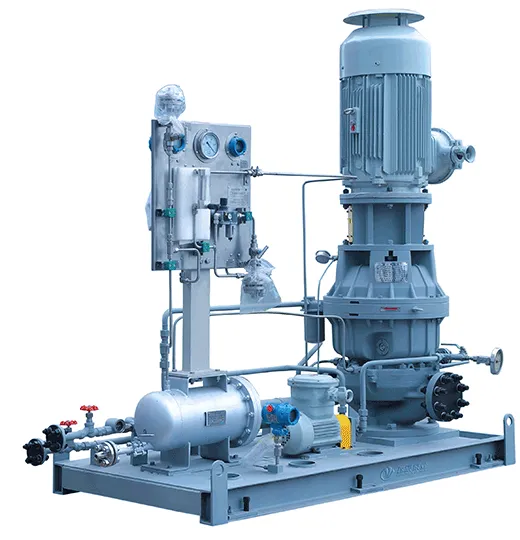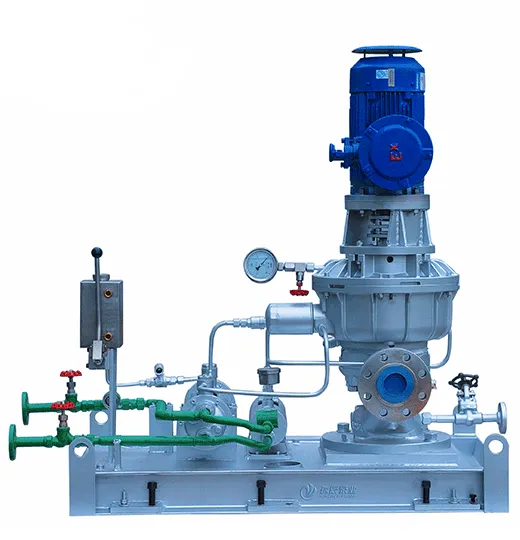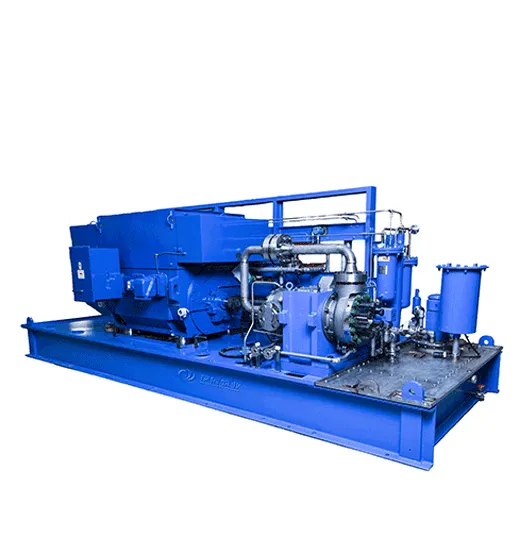Centrifugal Pumps
| Standard | Parameter | Information | |||
|---|---|---|---|---|---|

|
RCP—V1 | ISO13709/API610 OH6 |
|
Downloads | |

|
RCP—V2 | ISO13709/API610 OH6 |
|
Downloads | |

|
RCP—V4 | ISO13709/API610 OH6 |
|
Downloads | |

|
RCP—M3 | API610-ISO13709 |
|
Downloads | |

|
RCP—M5 | API610-ISO13709 |
|
Downloads | |

|
RCP—M7 | API610-ISO13709 |
|
Downloads |
About Centrifugal Pumps
Centrifugal pumps are a type of dynamic pump that uses an impeller to create a centrifugal force, which moves fluid through the pump. They are commonly used in industrial and commercial applications for transferring liquids such as water, chemicals, and petroleum products. The efficiency and performance of centrifugal pumps depend on factors such as impeller design, speed, and the properties of the fluid being pumped.
How Does a Centrifugal Pump Work?
Centrifugal pump works by converting mechanical energy from a motor into kinetic energy in the fluid being pumped. This is achieved through the rotation of an impeller, which creates a centrifugal force that pushes the fluid towards the outer edges of the pump casing. As the fluid moves through the casing, it gains velocity and pressure, and is then discharged through the outlet of the pump.
Centrifugal Pump Terms
To obtain a clearer understanding of centrifugal pumps, it’s helpful to examine the various terms associated with them. The most common terms used include:
- Impeller: Rotating component that creates the centrifugal force to move fluid.
- Volute: Casing around the impeller that directs and collects the fluid.
- Suction Head: Vertical distance from the centerline of the pump to the surface of the fluid being pumped.
- Discharge Head: Vertical distance from the centerline of the pump to the point of discharge.
- Total Dynamic Head (TDH): Sum of the suction head and discharge head, plus any additional friction losses in the system.
- Cavitation: Formation of vapor bubbles due to low pressure at the inlet of the pump, which can cause damage to the impeller and decrease pump efficiency.
- NPSH (Net Positive Suction Head): Measure of the pressure required at the inlet of the pump to prevent cavitation.

 +86 18157321655
+86 18157321655
 ruichen@zjrcpump.com
ruichen@zjrcpump.com